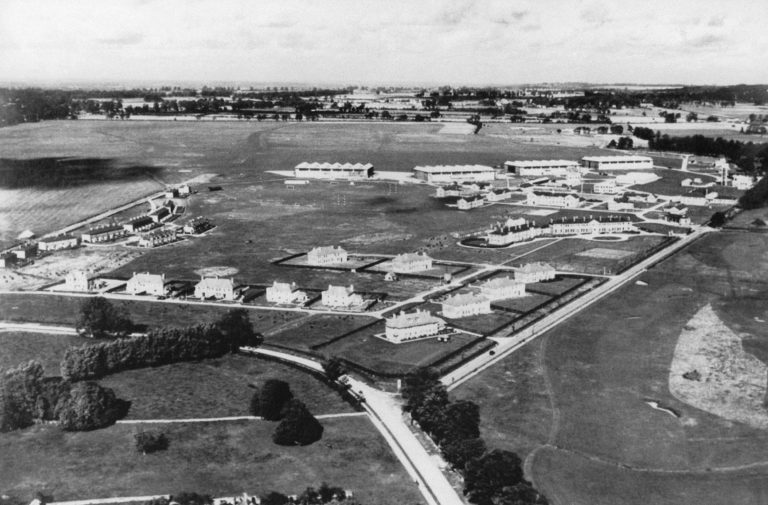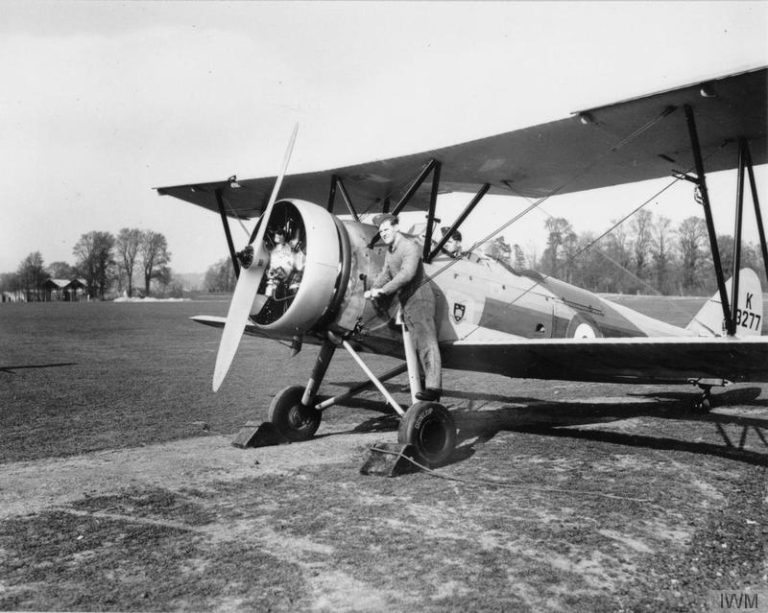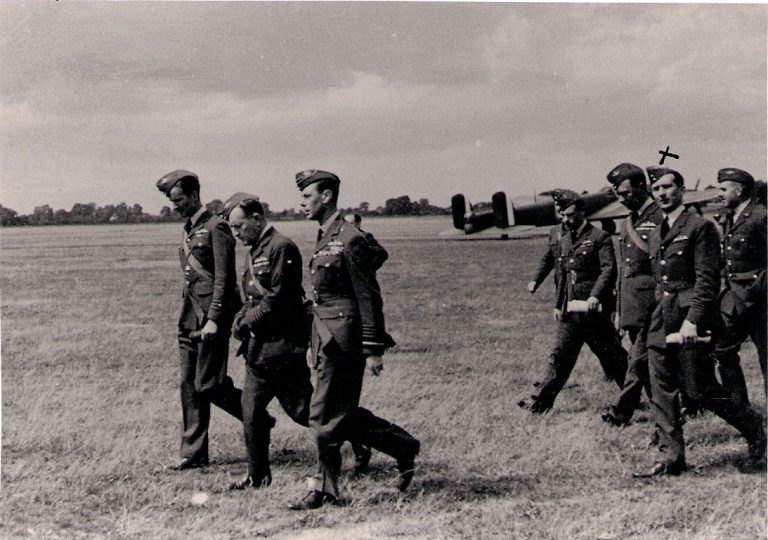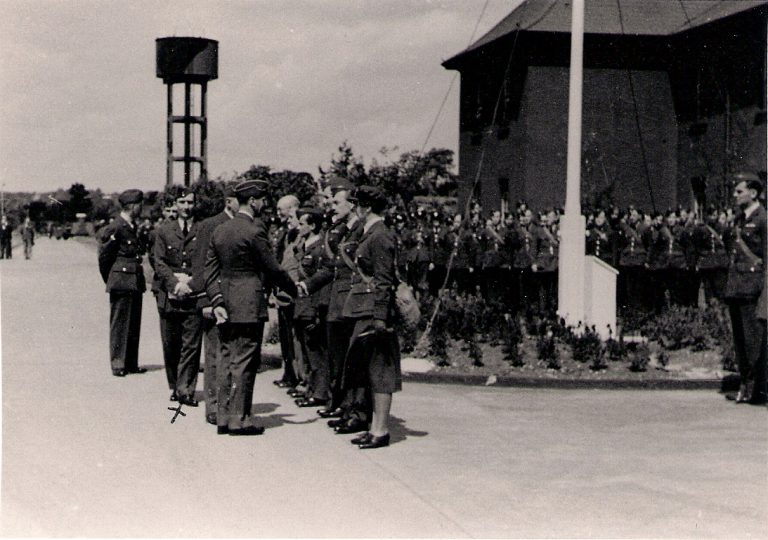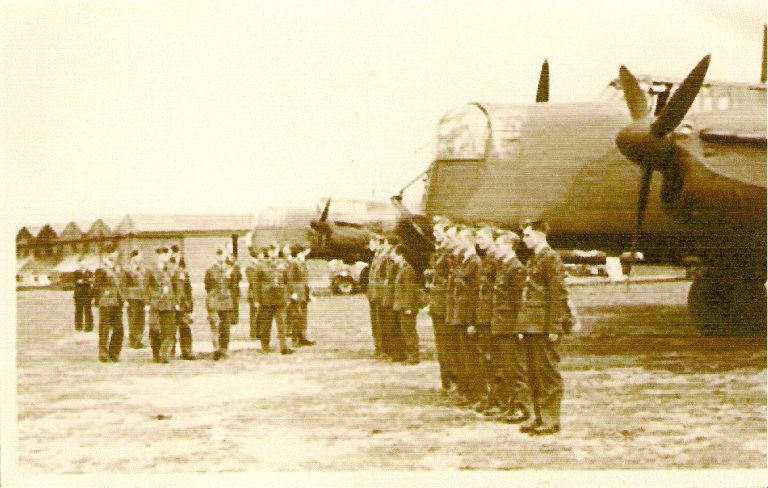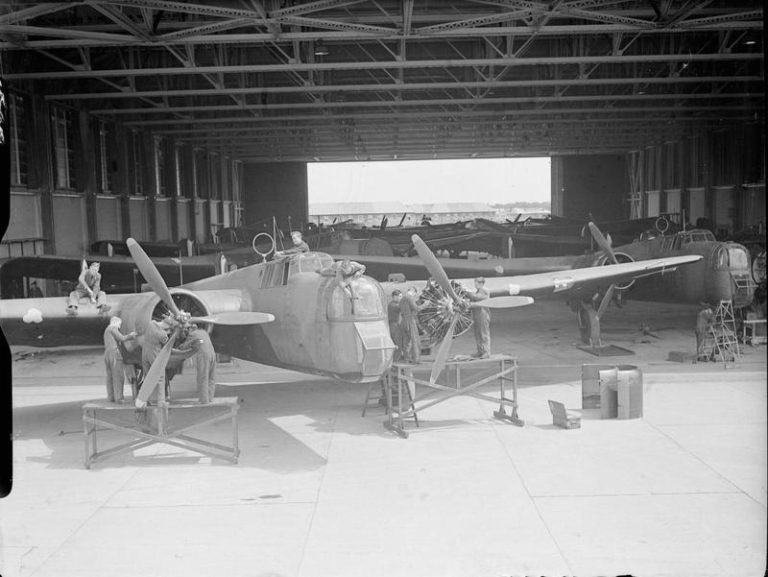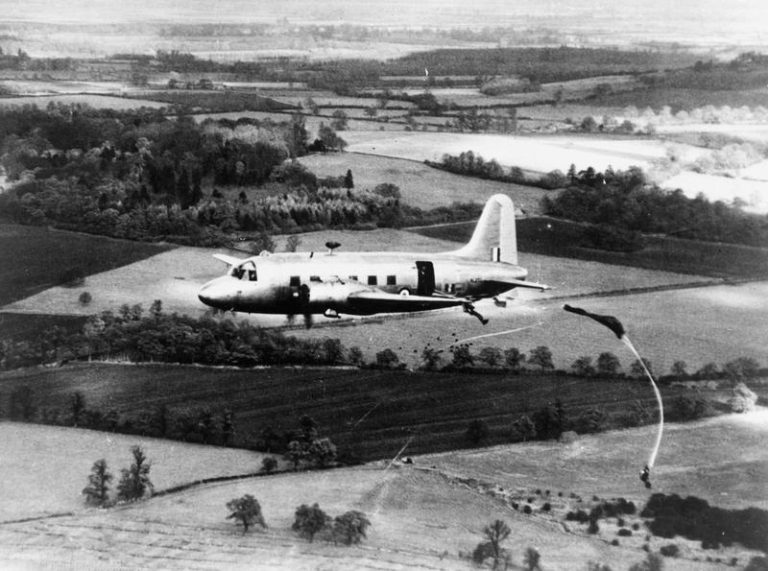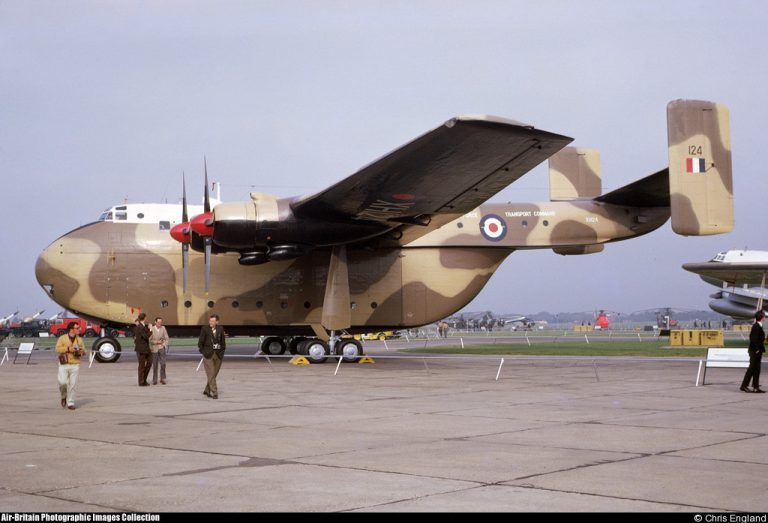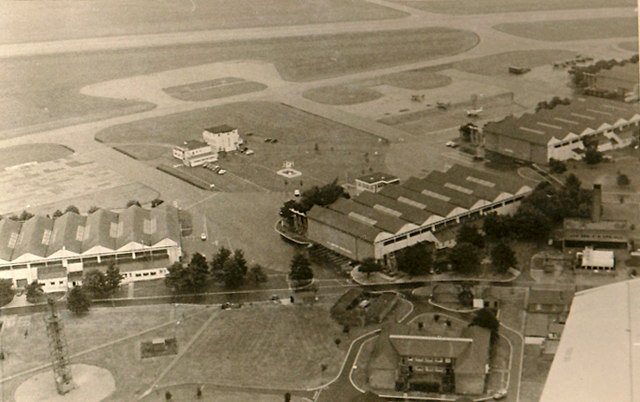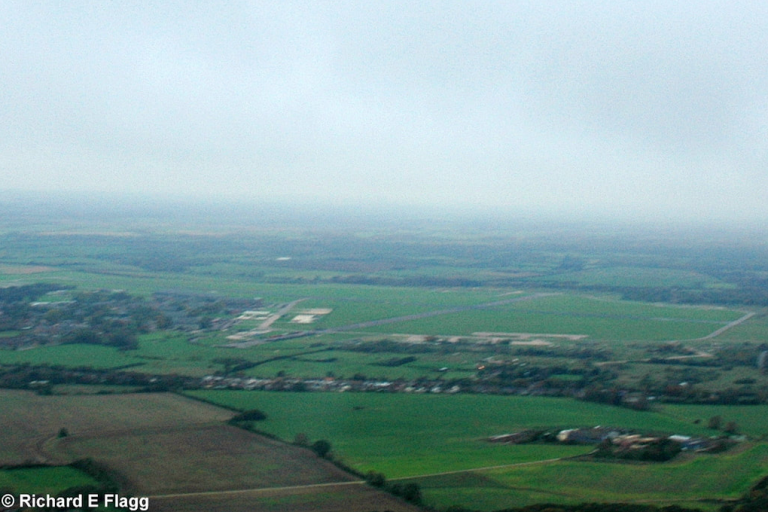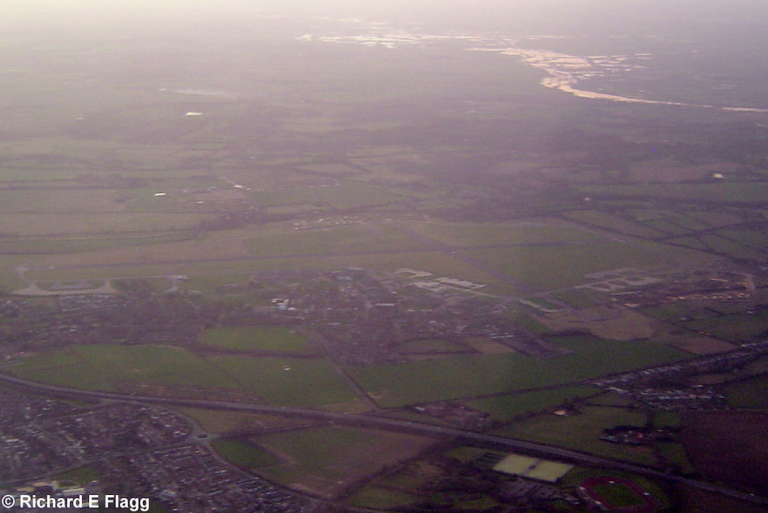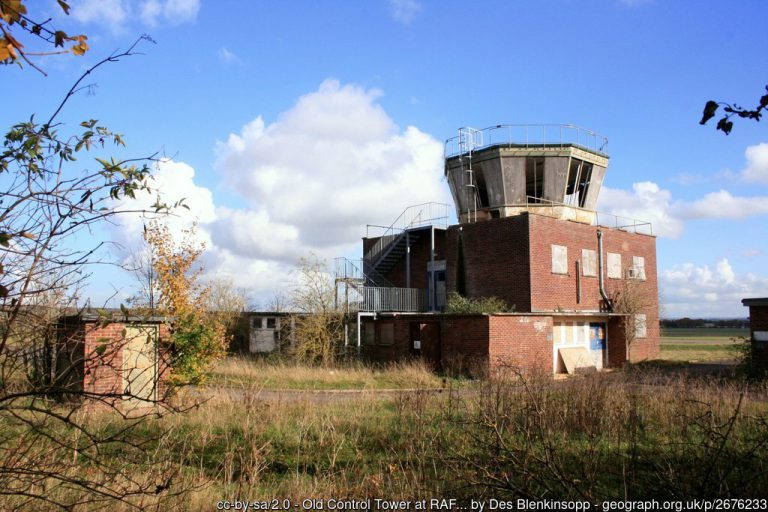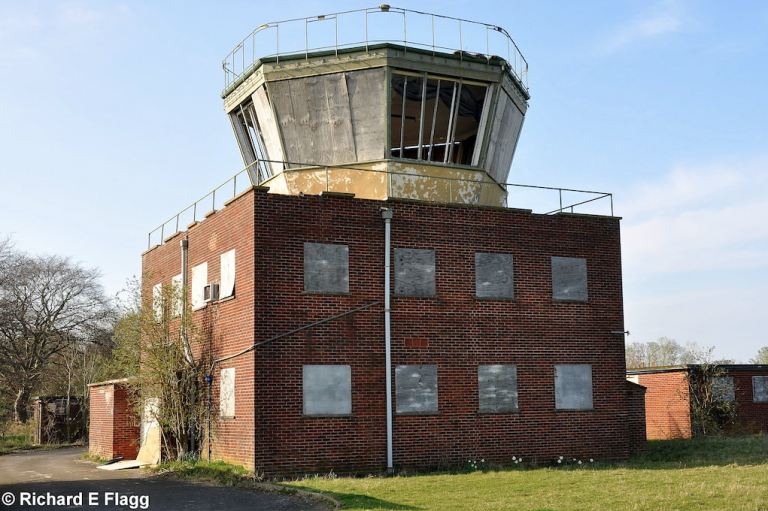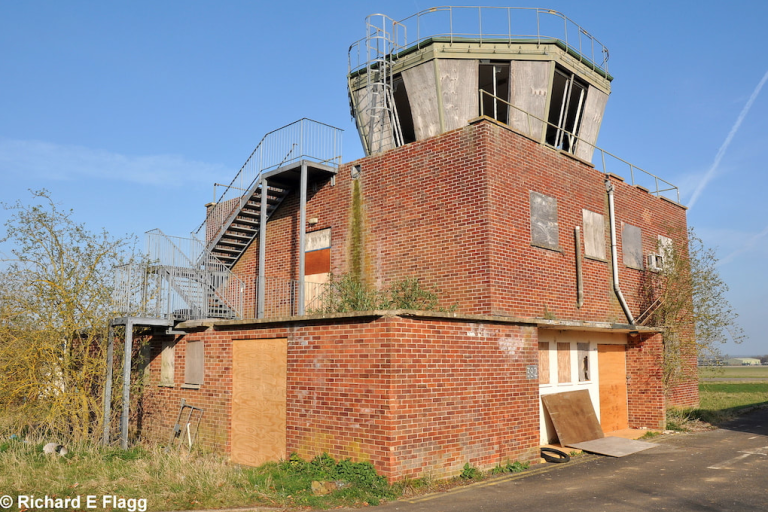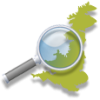Airfield search
Abingdon

“
Air Commodore Herbert Massey CBE DSO MC was Abingdon’s station commander between 1940 and 1942 before leaving for Oakington. He became the inspiration for the character of Group Captain Ramsey in the 1963 film The Great Escape.
“| Also known as: | Abingdon Aerodrome / Dalton Barracks / RAF Abingdon / RAF Station, Abingdon / Shippon (unofficial local name) |
| County: | Oxfordshire |
| Current Status: | Army barracks (main position) / Aviation / Leisure activity |
| Date: | 1 September 1932 - 31 July 1992; subsequent limited flying to present |
| Current Use: | Limited flying |
| Used By: | RAF (main user) / FAA |
| Landing Surface Type(s): | Unpaved, later paved (1944) |
| Aircraft Role(s): | Aircraft ferrying / Anti-aircraft co-operation / Bomber (main role) / Communications / General aviation / Military development/support / Naval aviation / Trainer (main role) / Transport (main role) |
Abingdon opened in 1932 as a base for bomber squadrons, initially seeing Fairey Gordons and later Hawker Harts and then Hinds, followed by Fairey Battles. Units based here changed to a training role from September 1939 as part of a wider strategy to move operational aircraft to eastern England and France in response to the beginning of World War Two. Nos 97 and 166 Squadrons’ Armstrong Whitworth Whitley bombers duly replaced the Battles and became known as No 4 Group Pool. Further reorganisation in April 1940 brought the creation of No 10 Operational Training Unit. Abingdon was heavily involved in the Thousand Bomber Raids against Cologne, Essen and Bremen during the spring of 1942. Vickers Wellingtons eventually replaced the ageing Whitleys in 1944. During 1941-43 Abingdon was also home to No 1 (later 1501) Blind Approach Training Flight, teaching pilots to use Standard Beam Approach radio landing aid equipment while approaching an airfield in poor visibility. Two hard runways built in 1944 helped to influence the decision to retain this airfield in peacetime.
No 10 OTU disbanded in September 1946 and the arrival of No 525 Squadron signalled the start of a new era for the airfield as part of Transport Command. Avro Yorks were used in the Berlin Airlift of 1948-49, Handley Page Hastings and Blackburn Beverleys also later operating from Abingdon, a Hastings bringing the Soviet double agent George Blake back to Britain in 1953 after his imprisonment in North Korea. Unfortunately another Hastings of No 36 Squadron at Colerne sadly crashed on 6 July 1965 shortly after taking off from Abingdon and killed all 41 people on board nearby at Little Baldon, becoming the third worst air crash in the UK at this time.
Hawker Siddeley Andovers arrived at Abingdon in late 1966 carrying out lighter transport duties but the reorganisation in RAF Command administration led to the airfield being taken over by Support Command in the 1970s. The airfield subsequently carried out a combined role of maintenance, repair, salvage and storage for a huge variety of RAF aircraft. Basic flying training also took place through London and Oxford University Air Squadrons and No 6 Air Experience Flight.
The airfield’s appearance changed very little while under RAF control. One Type C and four Type A hangars were built prior to the Second World War in addition to a larger cantilever hangar in 1959. The post-war control tower was demolished in 2014.
Abingdon closed in July 1992 to be taken over by the Army and renamed Dalton Barracks. No 612 Volunteer Gliding Squadron however maintains a small RAF presence and Benson still uses Abingdon for helicopter training and as a diversionary airfield. The Abingdon Air and Country Show also continues the tradition of RAF air shows at the airfield that included the celebration of the RAF’s 50th Anniversary in 1968.
The following organisations are either based at, use and/or have at least potentially significant connections with the airfield (as at 01/07/2013):
- 3 Regiment Royal Logistic Corps
- 4 Regiment Royal Logistic Corps
- Abingdon Air & Country Show
- Abingdon Area Archaeological and Historical Society
- Abingdon HIVE
- Abingdon Library
- Abingdon-on-Thames Town Council – name only
- Dalton Pre-School Nursery
- St. Helen Without Parish Council – most of airfield
- Wootton (Abingdon) Parish Council – part of east side of airfield
- Wootton, Dry Sandford & District History Society
Notable Past Associated Organisations:
- 3 Close Support Regiment Royal Logistic Corps – became 3 Regiment RLC
- 4 Close Support Regiment Royal Logistic Corps – became 4 Regiment RLC
- Abingdon Railway Station
- The Trout
The following alternative information/mass media sources have at least potentially significant connections with the airfield (as at 30/11/2018):
- WoottonDrySandfordShippon.co.uk
Main unit(s) present:
- No 1 BAT Flight
- No 1 (Bomber) Group
- No 1 Gp Pool
- No 1 Parachute School
- No 1 Parachute Training School
- No 2 (Bomber) Group
- No 3 (Long Range) FU
- No 4 Gp Comm Flight
- No 4 Gp Pool
- No 4 (Transport) Group
- No 6 AEF
- No 6 Gp Comms Flight
- No 7 AACU
- No 10 OTU
- No 15/XV Sqn
- No 24 Sqn
- No 27 Sqn
- No 30 Sqn
- No 40 Sqn
- No 43 Gp Comm Flight
- No 46 Group
- No 46 Gp Air Transport Examining Unit
- No 46 Gp Comms Flight
- No 46 Sqn
- No 47 Gp Comm Flight
- No 47 Sqn
- 47 Sqn Flying Group
- No 51 Sqn
- No 52 Sqn
- No 53 Sqn
- No 59 Sqn
- No 62 Sqn
- No 63 Sqn
- No 71 (Bomber) Wing
- No 91 (Bomber OTU) Group
- No 91 (Operational Training) Group
- No 91 Gp Comm Flight
- No 97 San
- No 98 Sqn
- No 103 Sqn
- No 104 Sqn
- No 106 Sqn
- No 130 GS
- No 147 Sqn
- No 150 Sqn
- No 166 Sqn
- No 167 Sqn
- No 185 Sqn
- No 238 Sqn
- No 242 Sqn
- No 525 Sqn
- No 612 VGS
- No 731 Defence Sqn
- No 802 Sqn
- No 825 Sqn
- No 1312 (Transport Support) Flight
- No 1341 Special Duties Flight
- No 1501 BAT Flight
- No 1682 Bomber Defence Training Flight
- No 2898 Sqn RAF Regiment
- Advanced Air Striking Force
- Advanced Air Striking Force Communication Flight
- Air Movements Development Unit
- Air Support Command Examining Unit
- Air Training Sqn
- Air Transport Development Flight
- Air Transport Development Unit
- Andover OCU
- Army Air Transport Training & Development Centre
- Central Area
- Ferry Training Unit
- Joint Air Transport Establishment
- Overseas Ferry Unit
- Oxford UAS
- Southampton UAS
- Station Flight, Abingdon
- Transport Command Air Support Flight
- Transport Command Development Flight
- Transport Command Development Unit
- Transport Command Training and Development Flight
- University of London Air Sqn
A pre-war aerial view of Abingdon. Photograph courtesy of http://www.rafabingdon10otu.co.uk/
An Avro Tutor of Oxford University Air Squadron being refuelled at RAF Abingdon. © IWM (H(AM) 40)
King George VI walking across the airfield during his visit in August 1940 accompanied by Station Commander, Group Captain Massey DSO MC. Photograph courtesy of http://www.rafabingdon10otu.co.uk/
King George VI meeting officers during his visit in August 1940. Photograph courtesy of http://www.rafabingdon10otu.co.uk/
George VI inspecting Armstrong Whitworth Whitleys and their crews during his visit in August 1940. Photograph courtesy of http://www.rafabingdon10otu.co.uk/
Armstrong Whitworth Whitley Mark IIIs of No. 10 Operational Training Unit being overhauled in a hangar at Abingdon. © IWM (CH 683)
Vickers Valetta transport aircraft during paratroop training at Abingdon. © IWM (C(AM) 989)
A RAF Blackburn Beverley C1 at Abingdon for the RAF Royal Review on 15th June 1968. © Chris England/www.abpic.co.uk
Abingdon c. 1972. A training tower for parachutists can be seen in the bottom left. © Mick Lobb and licensed for reuse under this Creative Commons Licence.
Aerial view of Abingdon airfield, 28 October 2006. © Richard Flagg
Aerial view of Abingdon, 14 January 2007. © Richard Flagg
The control tower at Abingdon, 31 October 2011.
The control tower at Abingdon, 30 March 2012. © Richard Flagg
The control tower at Abingdon, 30 March 2012. © Richard Flagg
Sabres handed over at Abingdon, 1953. Courtesy of British Pathé
Footage of parachutists at Abingdon and Weston-on-the-Green, 1964. Courtesy of British Pathé
Hawker Siddeley Andovers were introduced at Abingdon in 1966. Courtesy of British Pathé
50 years of the RAF celebrated at Abingdon, 1968. Courtesy of British Pathé
RAF parachutists training at Abingdon in the 1970s. Courtesy of HuntleyFilmArchives
Footage from the Battle of Britain Memorial Display at Abingdon in 1978. Courtesy of charlemagne762
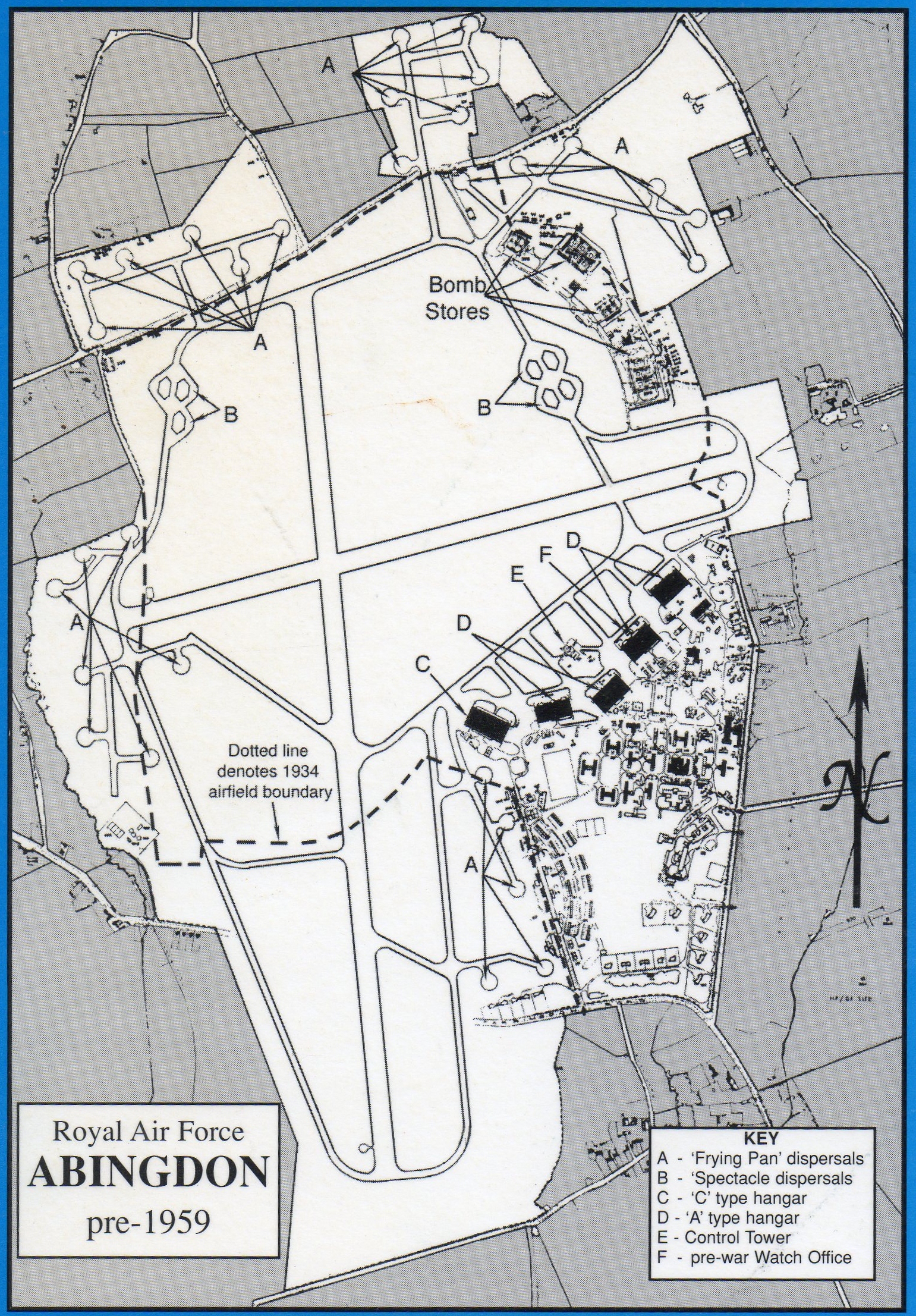
Post-war plan of RAF Abingdon. Courtesy of http://www.rafabingdon10otu.co.uk/
| Satellite(s): | |
| Decoy Airfield(s): |

